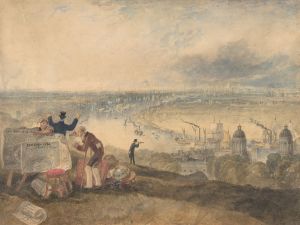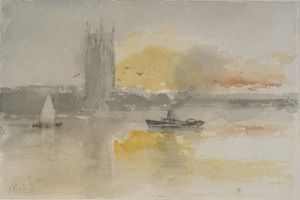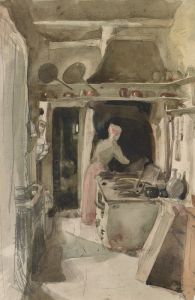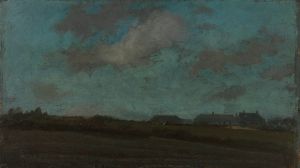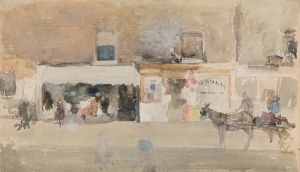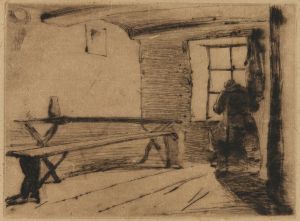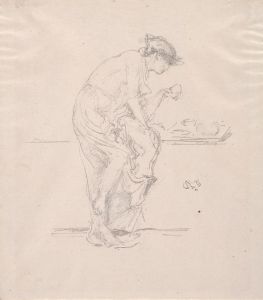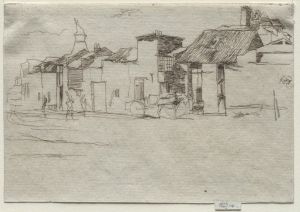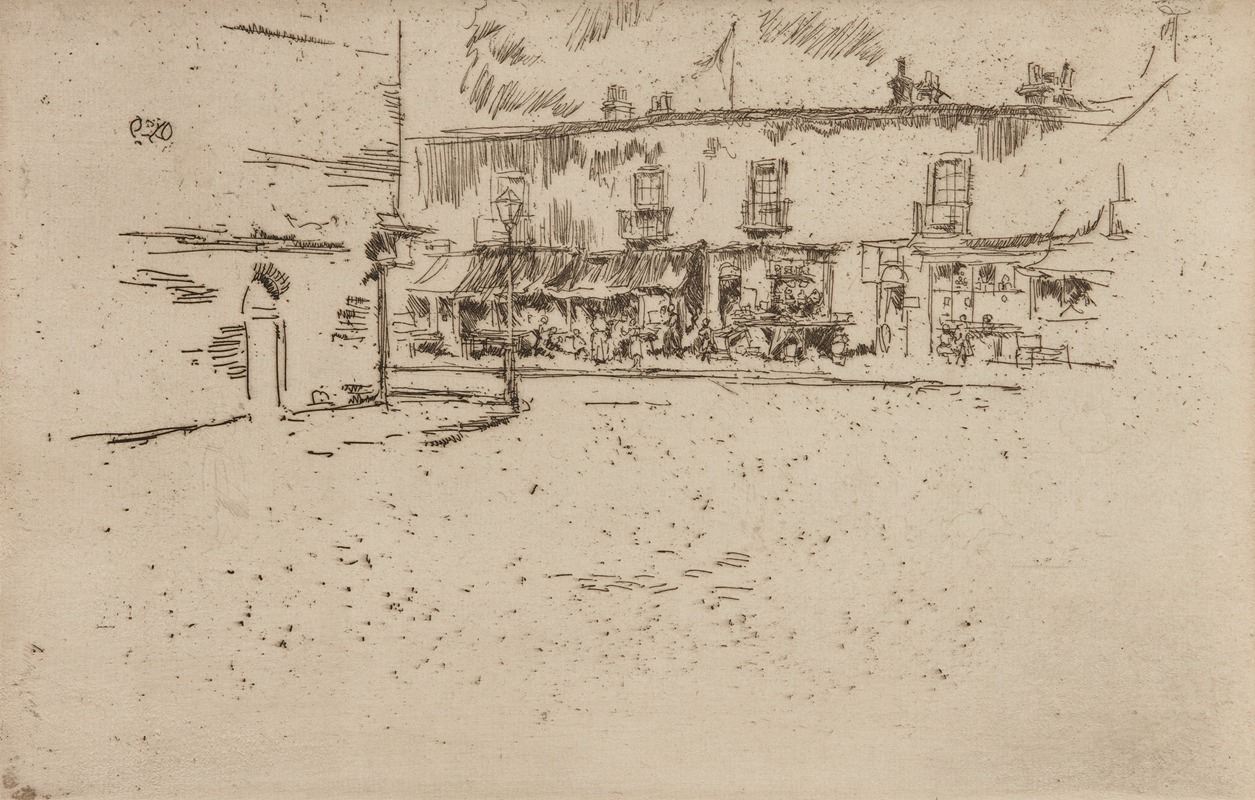
Jubilee Place, Chelsea
A hand-painted replica of James Abbott McNeill Whistler’s masterpiece Jubilee Place, Chelsea, meticulously crafted by professional artists to capture the true essence of the original. Each piece is created with museum-quality canvas and rare mineral pigments, carefully painted by experienced artists with delicate brushstrokes and rich, layered colors to perfectly recreate the texture of the original artwork. Unlike machine-printed reproductions, this hand-painted version brings the painting to life, infused with the artist’s emotions and skill in every stroke. Whether for personal collection or home decoration, it instantly elevates the artistic atmosphere of any space.
"Jubilee Place, Chelsea" is a painting by the American-born artist James Abbott McNeill Whistler. Whistler, who was born on July 10, 1834, in Lowell, Massachusetts, is best known for his innovative and influential contributions to the art world during the late 19th century. He spent a significant portion of his career in Europe, particularly in London, where he became an integral part of the artistic community.
The painting "Jubilee Place, Chelsea" captures a scene from the Chelsea neighborhood in London, an area where Whistler lived and worked for many years. Chelsea was known for its artistic and bohemian atmosphere, attracting many artists, writers, and intellectuals during Whistler's time. The specific location, Jubilee Place, is a street in Chelsea that retains much of its historical charm and character.
Whistler's work is often characterized by his focus on mood and atmosphere, rather than detailed realism. He was influenced by the Aesthetic Movement, which emphasized beauty and visual harmony over narrative content. This approach is evident in "Jubilee Place, Chelsea," where Whistler's use of color, light, and composition creates a serene and evocative scene.
The painting likely dates from the late 19th century, a period when Whistler was actively exploring urban landscapes and the effects of light and weather on the cityscape. His technique often involved a limited palette and subtle gradations of tone, which can be seen in the muted and harmonious colors of "Jubilee Place, Chelsea."
Whistler's connection to Chelsea was profound, and he produced numerous works depicting the area. His residence at 96 Cheyne Walk, along the Thames River, became a hub for artistic activity and social gatherings. Whistler's influence extended beyond his paintings; he was also known for his writings and his role in the art community, advocating for the recognition of the artist's vision and the importance of aesthetic experience.
"Jubilee Place, Chelsea" reflects Whistler's mastery of capturing the essence of a place through his unique artistic vision. The painting is a testament to his ability to transform everyday scenes into compositions of beauty and tranquility. Whistler's legacy continues to be celebrated for his contributions to the development of modern art and his ability to convey the subtle interplay of light, color, and atmosphere in his works.
Today, Whistler's paintings, including "Jubilee Place, Chelsea," are held in high regard and can be found in major art museums and collections around the world. His work remains a significant part of the art historical canon, admired for its innovation and enduring aesthetic appeal.







